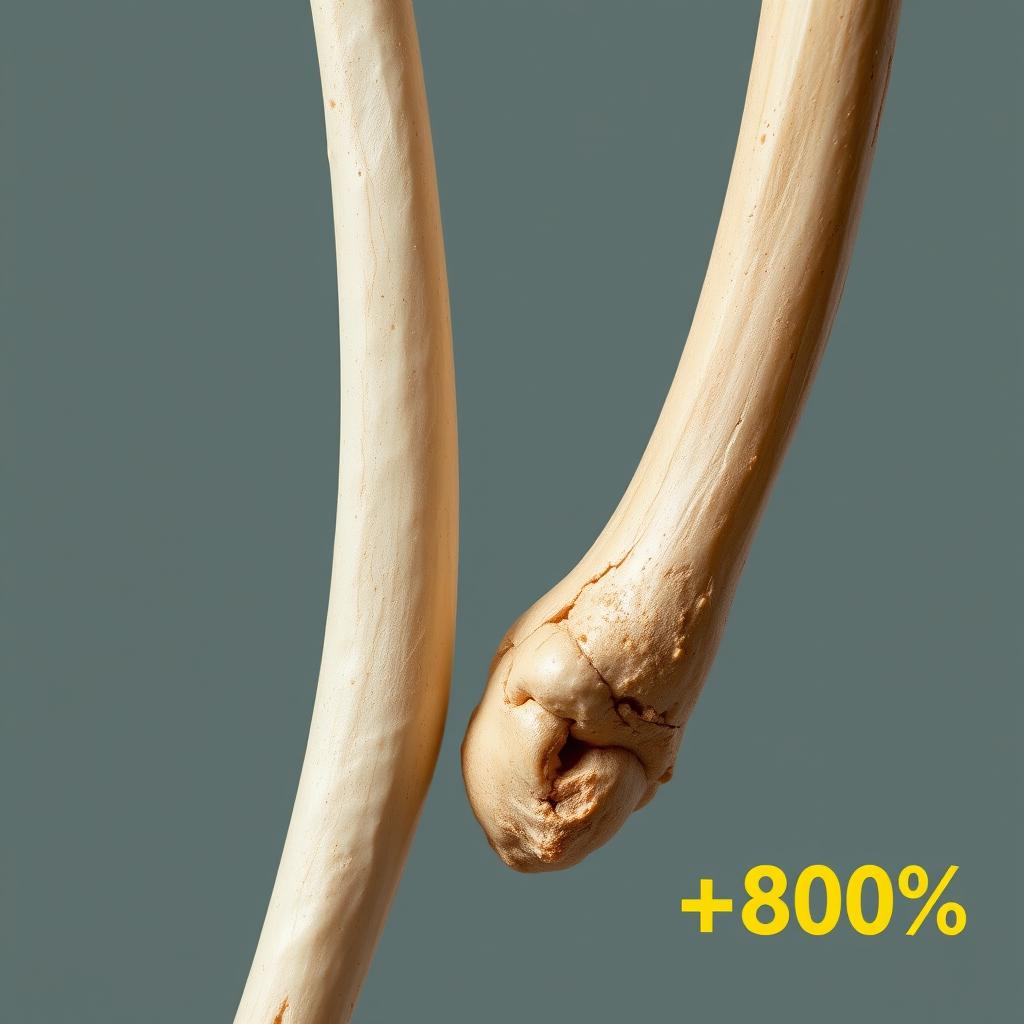
Osteoporosis breakthrough: Bone mass increased by 800 percent
- September 13, 2019
- 3 Likes
- 403 Views
- 0 Comments
A remarkable mouse study. In a discovery at UCLA and UCSF, scientists dramatically grew bone in mice by tweaking brain signals. They identified a small group of neurons (in the hypothalamus) that normally limit bone formation. By blocking estrogen-related signals in these neurons, female mice suddenly built extraordinarily dense bones medicalnewstoday.com. In fact, researchers found some treated mice increased their total bone mass by as much as 800 percent medicalnewstoday.com!
- Sex-specific effect: This bone surge happened only in female mice; males showed little change newsroom.ucla.edu. It suggests a previously unknown brain-bone connection that especially affects women’s bone density.
- “Game-changing” growth: Lead researcher Stephanie Correa said she was “immediately struck by the size of the effect” – the increase was so large it was unlike anything seen before medicalnewstoday.com. Colleagues noted the super-dense bones were exceptionally strong – “they’d never seen bone this strong” medicalnewstoday.com.

How it happened. The team genetically removed estrogen receptors in a specific hypothalamic region (the arcuate nucleus). Normally, estrogen in the brain turns off bone growth signals. When that brake was released, the mice’s bodies poured resources into building new bone. Follow-up tests showed that even mice with severe osteoporosis had 50% of their lost bone mass regenerated in just weeks after this brain surgery medicalnewstoday.com.
Implications for humans. Of course, these experiments were in mice and involved gene editing. But they reveal a new pathway for bone health. If a drug could mimic this brain effect, it might powerfully boost bone formation in people with osteoporosis. As one researcher put it, this “suggests we may have uncovered a completely new pathway that could be used to improve bone strength in older women and others with fragile bones” medicalnewstoday.com.
Osteoporosis affects over 200 million people worldwide, especially postmenopausal women newsroom.ucla.edu. Current treatments mostly slow bone loss; this finding hints at actually reversing it. While human therapies are still speculative, the team’s “game-changing” result has opened exciting new directions. Researchers are now hunting for safe ways (e.g. drugs targeting those neurons or their signals) to trigger extra bone growth.



Leave Your Comment